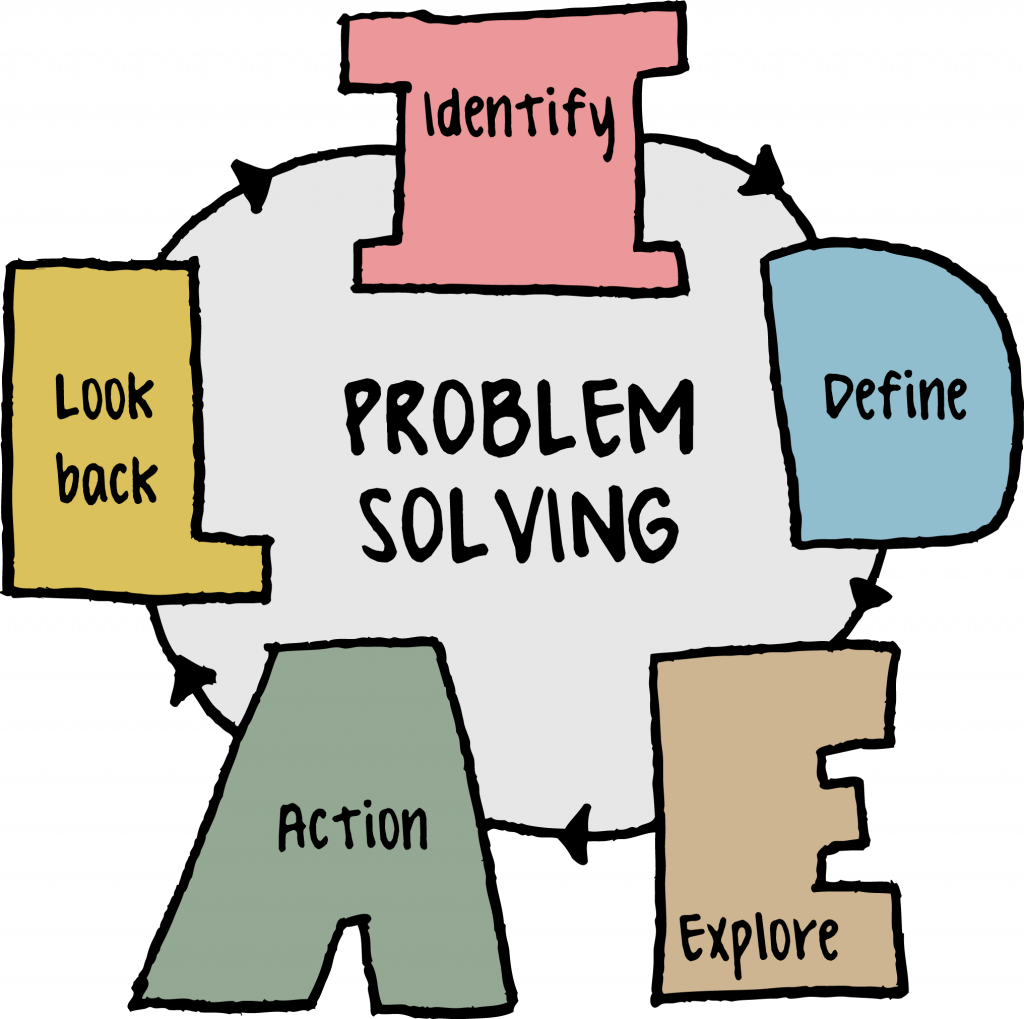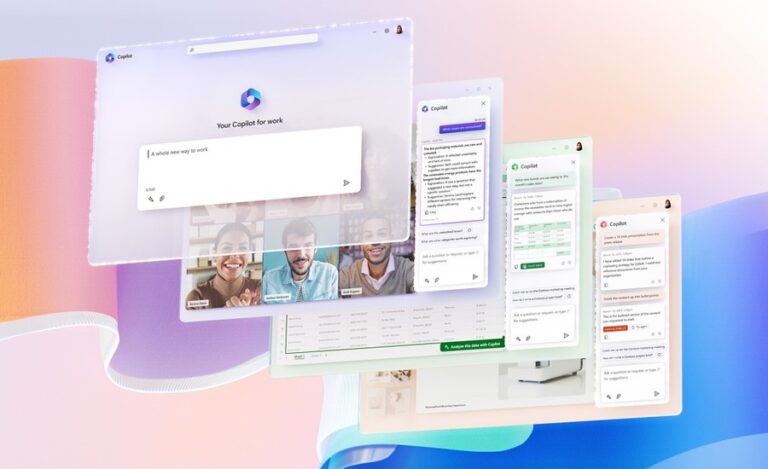Understanding Problem Solving As A Process
Problem solving is a fundamental skill that we use every day, whether we realize it or not. From figuring out what to eat for dinner to tackling complex academic challenges, the ability to analyze and resolve issues is essential. For students on campus, especially in college, mastering the problem-solving process can significantly enhance academic performance and life skills. But how do we effectively navigate this process? The experts at Campus offer these insights into the art of problem solving in a way that is both clear and actionable.
The Importance of Problem Solving
Why should we care about honing our problem-solving skills? In an academic setting, these skills are crucial for success. Whether you’re facing a tricky math problem, a challenging group project, or even personal issues that impact your studies, effective problem solving can help you find solutions and overcome obstacles.
1. Defining the Problem
The first step in problem solving is clearly defining the problem you’re facing. This might seem straightforward, but often, we jump to solutions without fully understanding what the issue is.
Tip: Take the time to reflect on the problem. Ask yourself questions like:
- What exactly is the issue?
- Why is it a problem for me right now?
- What impact does it have on my life or studies?
By defining the problem thoroughly, you set the stage for finding an appropriate solution. This clarity can help you avoid missteps and wasted efforts later in the process.
2. Determining the Cause
Once you’ve defined the problem, the next step is identifying its root cause. This part of the process is crucial because solving the symptoms of a problem won’t lead to lasting solutions.
Example: If you’re struggling in a particular class, simply blaming the subject or the teacher won’t help. Instead, think about factors that might be contributing to your struggle. Are you not dedicating enough time to studying? Is the material challenging for you because of gaps in your foundational knowledge?
Tip: Use techniques like the “5 Whys” method, where you ask “why” five times to drill down to the underlying cause of the problem. This can help you uncover deeper insights that are critical for crafting effective solutions.
3. Identifying Alternatives
With a clear understanding of the problem and its causes, you can start brainstorming possible solutions. This is where creativity comes into play.
1. Brainstorming Ideas: Allow yourself to think freely and jot down all possible solutions without judgment. Don’t filter out ideas initially; you can refine them later.
2. Research Solutions: Sometimes, it helps to look at how others have solved similar problems. Whether it’s reading articles, talking to peers, or seeking advice from a professor, gathering information can inspire effective solutions.
4. Prioritizing and Selecting Solutions
Once you’ve generated a list of potential solutions, it’s time to evaluate them. Not every solution will be feasible or effective, so prioritize them based on criteria like:
- Effectiveness: How likely is this solution to resolve the problem?
- Feasibility: Do you have the resources and time to implement it?
- Impact: Will this solution have a positive effect on other areas of your life or studies?
Tip: Create a pros and cons list for each option. This visual representation can make it easier to compare and contrast your alternatives.
5. Implementing the Solution
Now comes the action phase—implementing your chosen solution. It’s essential to approach this step with a clear plan.
1. Create a Plan of Action: Outline the steps you need to take to implement your solution. This might involve setting timelines, allocating resources, or reaching out to others for support.
2. Stay Committed: Implementation can be challenging, especially if obstacles arise. Stay committed to your plan, and be ready to adapt if things don’t go as expected.
6. Evaluating the Results
After implementing your solution, take time to assess its effectiveness. Did it resolve the problem? What worked well, and what didn’t?
Tip: Reflecting on the outcomes of your actions is vital for growth. If the solution didn’t work as you hoped, analyze why that might be. This evaluation can provide insights that will enhance your problem-solving skills for the future.
7. Continuous Improvement
Problem solving is an iterative process. The more you practice it, the better you’ll become. Treat every problem you encounter as an opportunity to learn and improve your skills.
Example: If you faced challenges in your approach to studying for exams, consider what strategies worked and what didn’t. Adjust your methods for the next exam based on your evaluation.
The Value of Collaboration in Problem Solving
While problem-solving is often seen as an individual skill, collaborating with others can enhance the process significantly.
1. Diverse Perspectives
Working with others can introduce you to different viewpoints and solutions you may not have considered. Group discussions can lead to more innovative ideas and approaches.
Tip: Form study groups or discussion circles where you can share challenges and brainstorm solutions together. This collaborative environment can foster creativity and deepen understanding.
2. Accountability and Support
Having a support system can help keep you accountable during the problem-solving process. When you share your goals with others, they can provide encouragement and check in on your progress.
Tip: Seek out mentors or peers who can guide you through complex problems. They may offer valuable advice based on their own experiences.
Conclusion: Embracing the Problem-Solving Journey
Understanding problem-solving as a process empowers you to tackle challenges head-on and develop a structured approach to finding solutions. Whether you’re facing academic pressures, personal challenges, or career-related issues, mastering this skill can enhance your ability to navigate life’s ups and downs.
Remember, effective problem solving involves defining the issue, determining the cause, brainstorming and prioritizing solutions, implementing your plan, and evaluating the results. Embrace each step as an opportunity for growth, and don’t hesitate to lean on others for support.
So the next time you encounter a problem, approach it with confidence and a structured mindset. You’ll find that each challenge is not just an obstacle but a chance to learn, adapt, and emerge stronger than before. Happy problem-solving!






